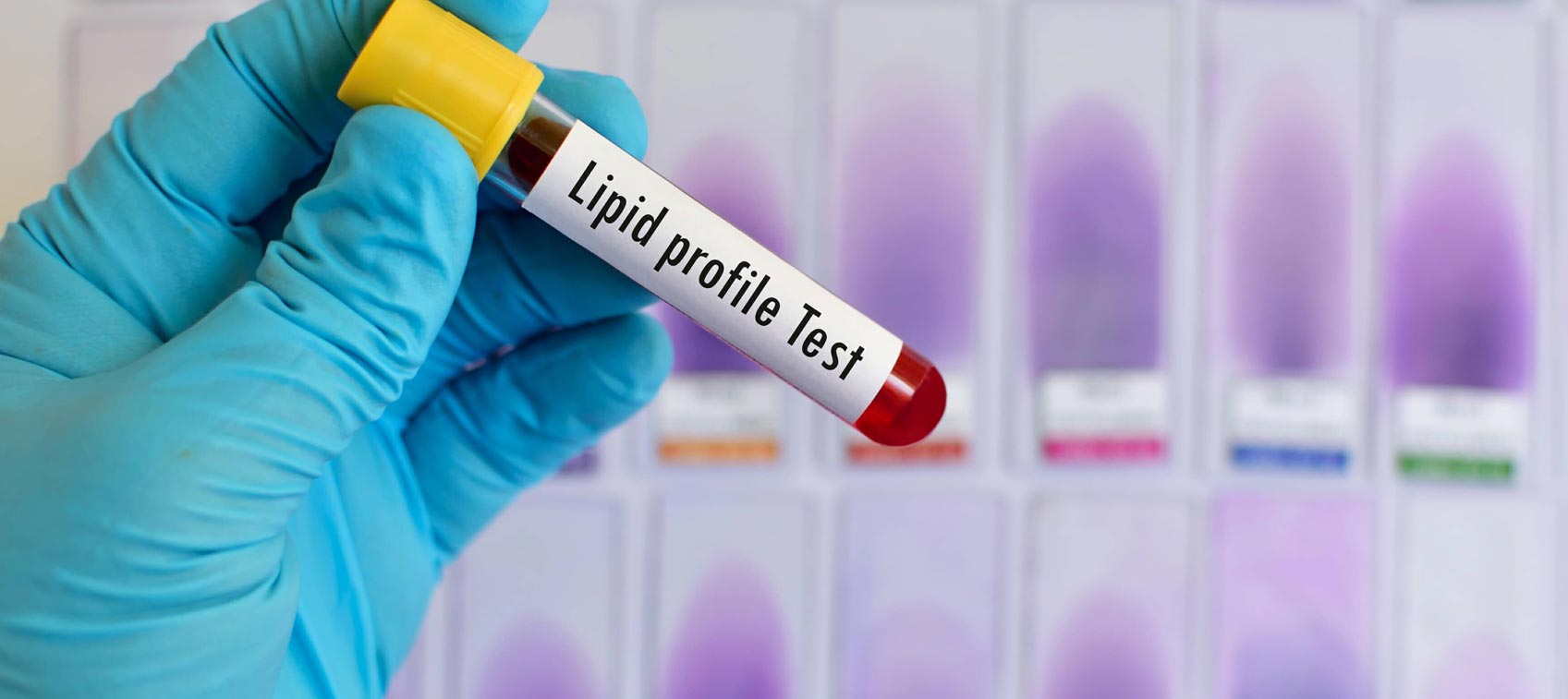
I've long said cholesterol isn’t the real culprit when it comes to heart health, inflammation is. That hasn’t changed. But there is one cholesterol ratio you want to watch—your ratio of triglycerides to HDL cholesterol levels. In fact, a study published in the American Heart Association journal Circulation found that those people with the highest triglyceride to HDL cholesterol ratios had a sixteen times greater risk of heart disease than those with the lowest ratios.
What should your triglycerides to HDL cholesterol ratio be? Ideally, you want no more than a 2:1 ratio of triglycerides to HDL cholesterol. So, if your triglycerides are 100 mg/dl, your HDL cholesterol should be 50 mg/dl. Anything under 3:1 is considered a good ratio, but I don’t like to see a blood lipids ratio that’s over 5:1. (Learn more about this ratio in my book, The Great Cholesterol Myth.)
If Your Ratio of Triglycerides to HDL Cholesterol is High, How Can You Lower It?
One of the most powerful solutions I’ve found for promoting a healthy triglyceride to HDL cholesterol ratio is an extract from the citrus bergamot orange grown in the Calabria area of Italy. Research has shown it helps to lower triglycerides and increase HDL cholesterol levels. Another important benefit is that it helps to reduce blood glucose levels.
The research that turned me on to this nutrient was conducted by Italian pharmacobiologists in 2011. In their trial, they documented significant reductions in triglycerides and blood sugar, along with a solid boost for the group taking the extract from the citrus bergamot orange. Plus, lifestyle changes can also help your triglyceride to HDL cholesterol ratio.
How to Lower Triglycerides Naturally
- Reduce your intake of sugar and processed carbohydrates which can raise your triglycerides.
- Keep your weight down. The lower your weight, the lower your triglycerides. So weight loss and weight management are key to lowering triglyceride levels.
- Take omega-3 essential fatty acids (EFAs) which help promote normal triglyceride levels. For triglyceride support, take 2–3 grams daily in divided doses.
To Raise Your HDL Cholesterol Levels
- Take niacin (vitamin B3). Since it can cause flushing, my recommendation is that you start with 250 mg of niacin three times daily, and slowly work up to 1–2 grams in divided doses three times a day.
- Get regular, physical exercise. Strive for 30–60 minutes of aerobic activity three to five days a week.
- Drink red wine in moderation. Red wine helps to boost HDL cholesterol, plus it contains resveratrol, a phytonutrient with cardio-protective benefits.
- Diet is crucial. Avoid processed foods, as well as those high in sugar and trans fats. Instead, opt for foods that are rich in heart-healthy fats and soluble fiber. Almonds also help to support healthy HDL cholesterol levels.
RESOURCES
J.M. Gaziono et. al. Circulation 1997; 96(8): 2520-25


